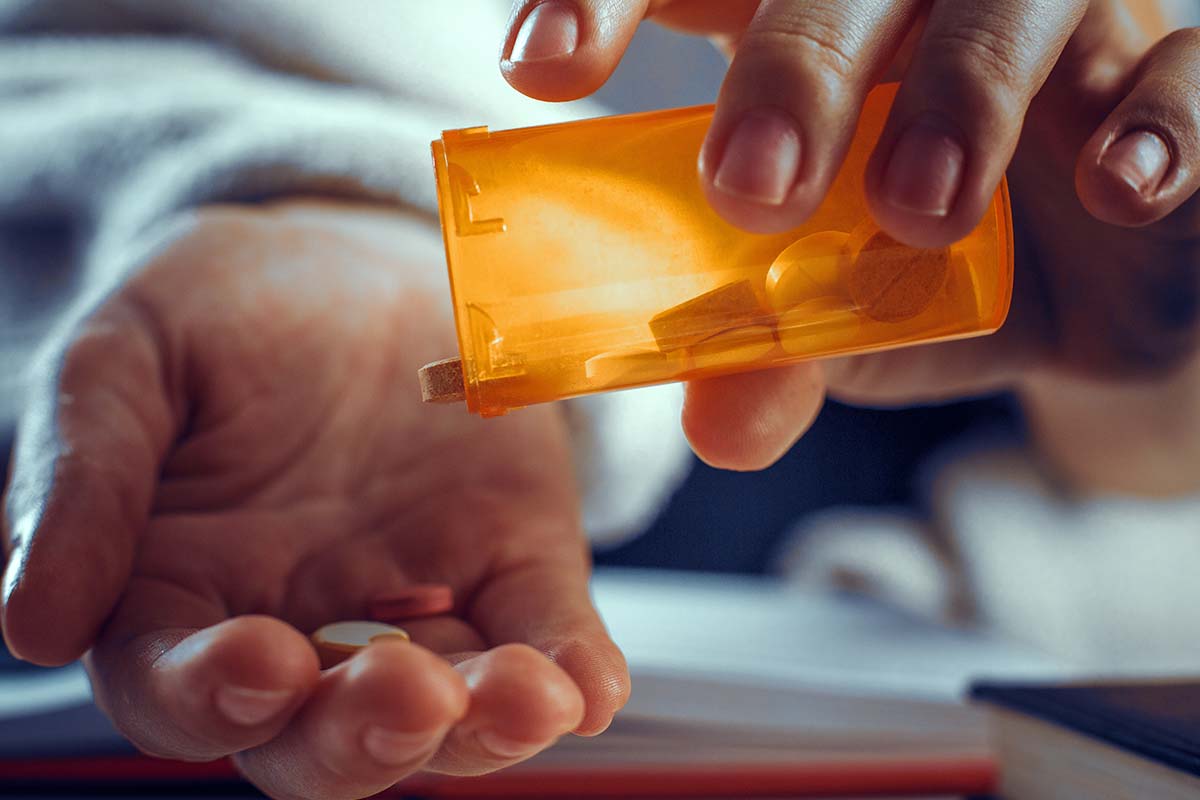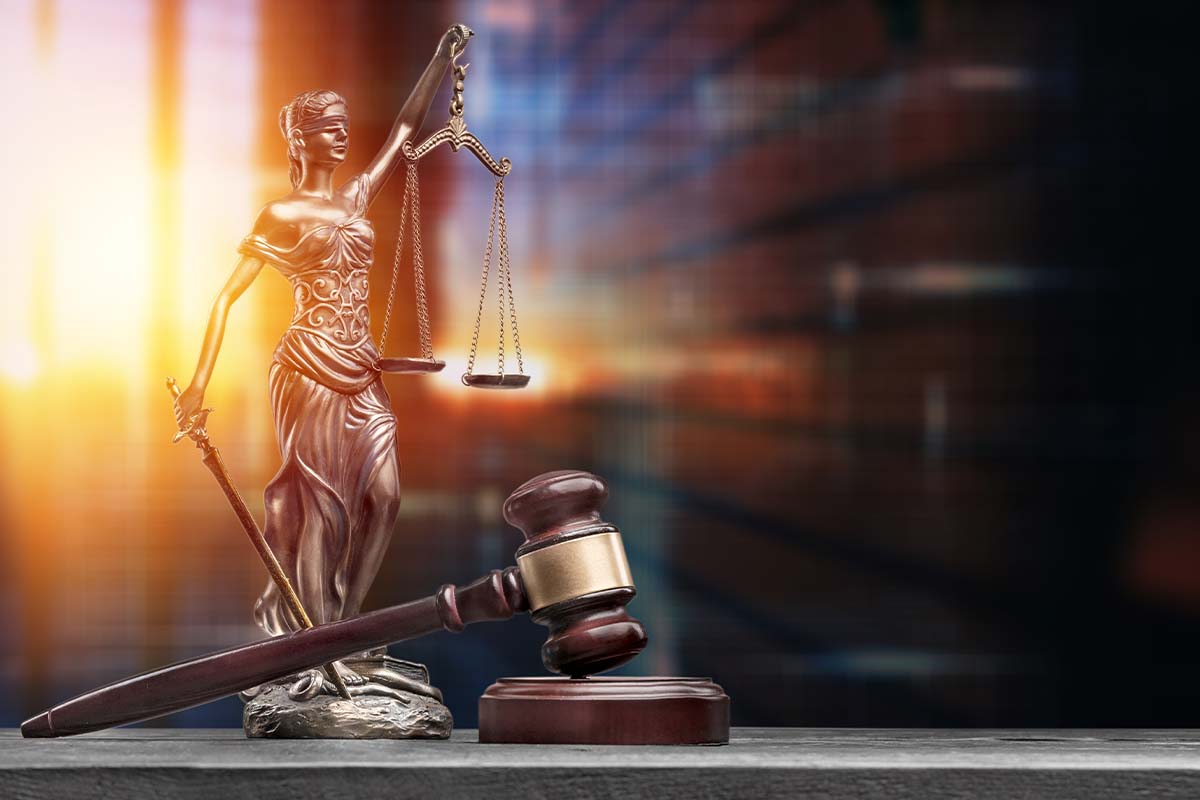Patients put their trust and lives in the hands of medical professionals with the expectation that they will receive the best possible care. Unfortunately, even experienced members of the medical field can make medication errors to the detriment of patient safety and health. A mistake in a patient’s medication can cause inappropriate harm, and reporting medication errors is the right of every patient who experiences such a trauma.
Each year in the United States, between 7,000 and 9,000 people die due to a medication error, and hundreds of thousands more sustain serious injuries and disabilities. If you or a loved one has experienced physical or emotional suffering because of a medication error, making a report can help prevent future errors for yourself and other patients.
What Are Medication Errors?
The term “medication error” refers to a preventable event that results in a patient using inappropriate medication. These mistakes can occur due to the actions of many different medical professionals, such as pharmacists, physicians, and hospital nurses.
Medication errors happen at every stage of the process of providing medication to consumers, such as:
- Prescribing
- Ordering
- Labeling
- Dispensing
- Administering
- Monitoring
Using the wrong medication can have severe and long-term effects, such as the development of a new condition, allergic reactions, birth defects, and death.
Common Medication Errors
While most medical professionals are dedicated to providing excellent quality of care, mistakes still occur. Some of the most common types of medication errors include:
- Dosing: While medications can be life-saving, many can also be incredibly dangerous or deadly when taken at the wrong dosage. Doctors, nurses, and pharmacists can make errors in the amount of medicine and administration methods, such as intravenous and oral.
- Medication choice: Doctors sometimes mistakenly prescribe an inappropriate medication for a patient. In other situations, a pharmacist may accidentally dispense one drug rather than the one prescribed.
- Drug interactions: Some medications are unsafe for patients currently taking other drugs. If a doctor or pharmacist fails to identify interactions between medications, the results can be disastrous.
- Timing: Most medications can only be taken on a specific schedule and at a set frequency. If a nurse or doctor gives the drug too frequently, patients can suffer serious side effects or death.
- Patient identification: Medical professionals who are distracted or careless can mix up patient treatments and administer a medication intended for someone else.
These kinds of common medication errors occur more frequently than you might think. According to the Academy of Managed Care Pharmacy, medication errors harm around 1.5 million people yearly.
How To Report a Medication Error
Once you have received proper medical treatment for your reaction to the medical treatment, you can begin the process of reporting the error. This allows the proper authorities to conduct a thorough analysis of the event and makes it possible for you to pursue compensation for your undue suffering.
Document Any Injury or Harm Suffered Due to Medical Error
The validity of your report will rest on the evidence you have documented about the injury or major harm caused by the error. If you were given the incorrect medication or dosage, don’t throw it away. Keep the bottle and the drug in a safe place, along with any labels or documentation that you received.
If there are physical signs of your body’s response to the medication, such as bruising or a rash, take clear photographs of them. A detailed log of your symptoms is also a useful tool. Keep track of your temperature, how you’re feeling, limitations on your activities, and any changes in your reaction each day until you fully recover.
Contact a Medication Errors Lawyer
When a medical professional’s mistake or negligence causes physical harm, contact experienced medication errors lawyers for help. These attorneys can offer guidance on moving forward and help you determine whether you are eligible to file a medical malpractice claim.
A knowledgeable lawyer can help you obtain the compensation you deserve and assist you when you report an error. In most cases, medication errors are reported to organizations like the Institute of Safe Medication Practices and the Food and Drug Administration. They carefully review each reported case and work to reduce the risk of errors to patients.
Request Your Medical Records From Your Health Care Providers
While your private documentation serves as important evidence, your medical records are official documents with critical insights into how the error occurred and how it affected you. Request your complete records from your medical provider as soon as possible. This helps prove that medication was prescribed to you and that it caused you harm.
Expected Outcome and Compensation
The amount of compensation you will receive for a medication error depends on the specific circumstances of your case and the extent of your injuries. You may be eligible for damages like:
- Medical expenses: The cost of hospitalizations, office visits, and physical therapy associated with the error may all be recoverable expenses.
- Lost wages: If you were unable to work because of the damage caused by a medication injury, you may be able to receive compensation for any lost or reduced wages.
- Pain and suffering: If you experienced physical effects, such as chronic pain, discomfort, or disfigurement, they may be included in your medication error claim.
- Mental anguish: In addition to physical harm, a medication error can cause lasting mental effects, such as depression and anxiety.
The financial burdens you experience due to your medication error can be offset by filing a successful medication error claim.
Work With an Experienced Attorney
Although medication errors are a growing problem in the United States, many people never report them. Common barriers to reporting include the belief that it won’t make a difference and a lack of understanding of the process.
When you work with an experienced attorney, you can rest assured that your report will not only prevent further patient harm but will also help you obtain the financial compensation you deserve. Reach out to the team at McEldrew Purtell for a free consultation.









